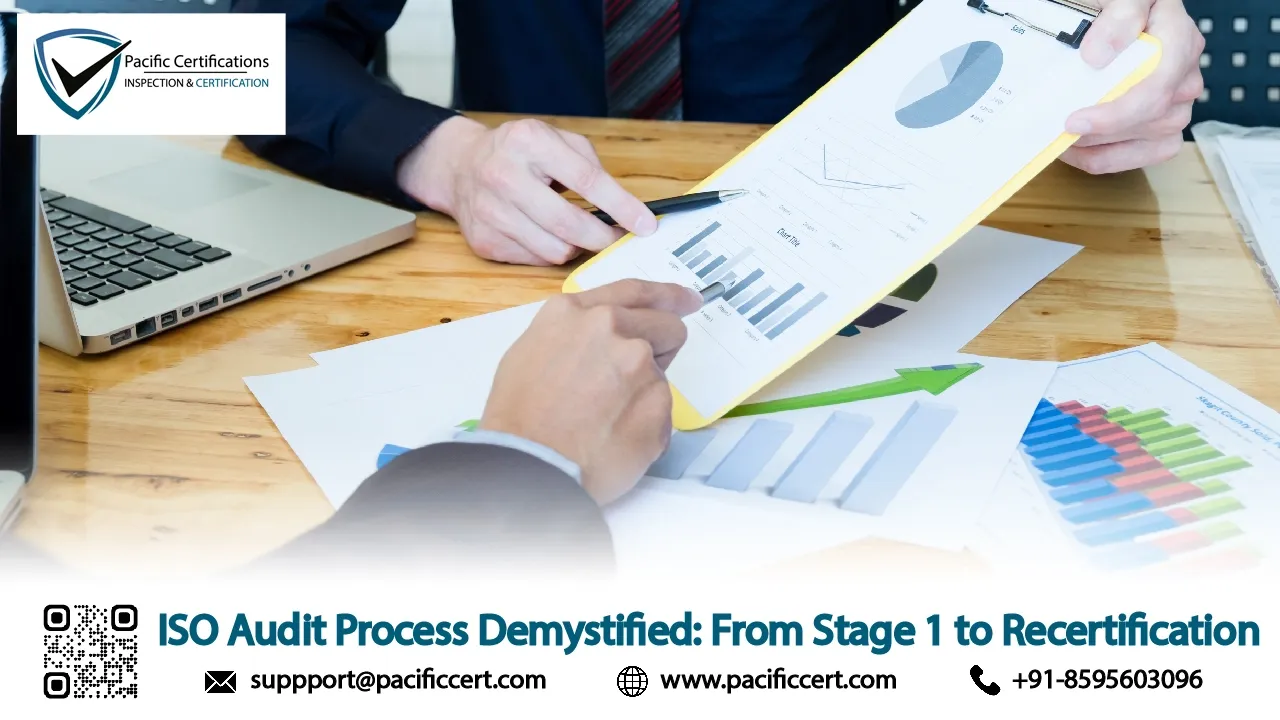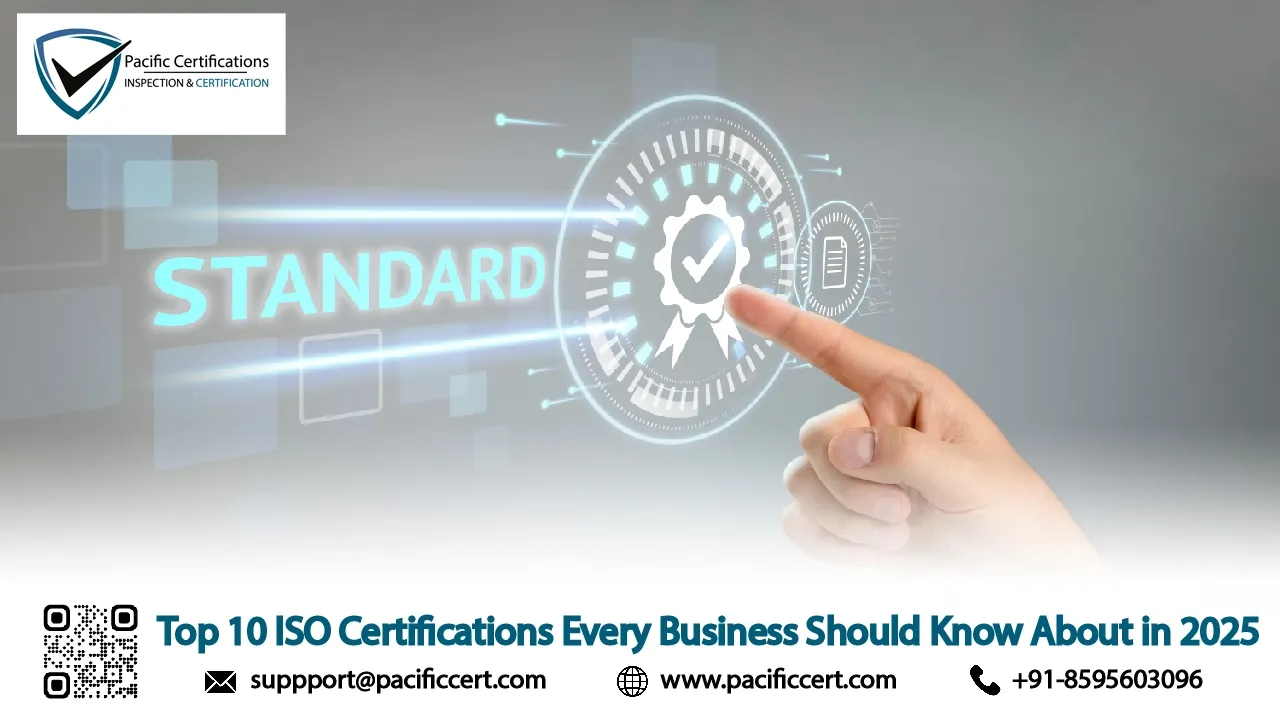
Introduction
In today's fast-paced healthcare industry, safety is one of the most important parameters, especially when it comes to the operation of medical machinery. Whether it’s diagnostic imaging systems or life support equipment, these complex devices must be designed with extra attention to safety and risk management. This is where ISO 12100 comes into play. ISO 12100 is the international standard that lays down general principles for the design of safe machinery. It serves as a comprehensive framework for identifying hazards, assessing risks, and implementing safety measures. While it applies broadly across industries, it plays a crucial role in ensuring the safety of medical machinery, where human lives often depend on reliable performance.

In this blog, we will explore the key components of ISO 12100, its relevance to the medical device sector, and how manufacturers can implement it to achieve a higher level of safety and regulatory compliance.
What is ISO 12100 and why is it necessary?
ISO 12100:2010 comes with the title of “Safety of machinery, General principles for design, Risk assessment and risk reduction”. It is an internationally recognized standard developed by the International Organization for Standardization.
It provides a structured approach for Identifying hazards throughout a machine’s lifecycle, Evaluating the associated risk and Reducing risks through engineering and protective measures.
ISO 12100 is considered a foundational standard in the field of machinery safety. It integrates concepts from several previous safety standards and aligns with global regulatory expectations.
Why ISO 12100 Matters in Medical Machinery?
Medical machinery must meet rigorous safety expectations because of the direct impact they have on patient outcomes. A malfunction or poorly designed component can lead to severe injury or even death.
ISO 12100 helps mitigate such risks in medical machinery in the following ways:
- Helps in Proactive Risk Management: It Encourages manufacturers to think about safety in the early stages of designing machinery processes.
- Helps in the Identifications of Systematic Hazard: Ensures no potential risk is overlooked
- Lifecycle Safety: Considers safety from installation to decommissioning
- Harmonized Compliance: Aligns with many national and international regulations
What are the Key Elements of ISO 12100?
1. Assessment of risks:
ISO 12100 defines risk assessment as a process that includes:
- Identification of hazards: helps in identifying hazards by estimating and reducing risks that can be caused by the machinery.
- Risk Evaluation (determining acceptability)
The goal is to understand what can go wrong and how likely and severe the consequences could be.
2. Reduction of risk:
If any risk is deemed unacceptable, ISO 12100 requires taking action through a 3-step hierarchy:
- Inherently Safe Design Measures: helps in Elimination the hazard at the source (e.g., reduce moving parts)
- Safeguarding and Complementary Protective Measures: Use guards, interlocks, alarms
- Information for Use: Include warnings, manuals, training
3. Iterative Process
Risk assessment and reduction are not one time tasks. They must be revisited whenever the machine’s design or use environment changes.
How ISO 12100 Supports Other Standards in the Medical Field
While ISO 12100 is a general machinery safety standard, it complements key medical device standards that focus on specific regulatory and quality needs:
ISO 14971 – Risk Management for Medical Devices
ISO 14971 deals with managing medical device risks throughout their lifecycle. ISO 12100 supports it by providing a structured framework for hazard identification and risk reduction during the design stage.
ISO 13485 – Medical Devices Quality Management Systems
ISO 13485 defines quality system requirements for medical device manufacturers. ISO 12100 helps fulfill its design and risk control clauses by embedding safety into the development process.
IEC 60601 – Electrical Safety for Medical Equipment
IEC 60601 focuses on the safety and performance of electrical medical devices. ISO 12100 supports this by addressing mechanical and operational risks, including those related to electrical hazards.
Steps to applying for ISO 12100 in Medical Machinery Design

Step 1: Defining the Intended Use and Operating Limits
The first step involves clearly defining how the medical machine is intended to be used. This includes identifying the specific medical function, the operational environment and who will be using it, whether trained professionals or patients.
Step 2: Identify All Potential Hazards
Once the intended use is established, the next step is to identify hazards that could arise during the machine’s entire lifecycle. These may include mechanical risks like crushing or cutting, electrical hazards such as shocks or short circuits, software related failures, and environmental factors such as heat, moisture, or electromagnetic interference.
Step 3: Performing a Detailed Risk Analysis
After identifying hazards, a formal risk analysis must be conducted. This involves evaluating the severity and likelihood of each risk using methods like Failure Mode and Effects Analysis.
Step 4: Apply Risk Reduction Measures
Based on the analysis, appropriate risk reduction measures must be implemented. The standard emphasizes a three level hierarchy: firstly, eliminate risks through design; secondly, apply safeguarding measures like alarms or enclosures; and third but not last, provide user information such as manuals or training where risks cannot be completely removed.
Step 5: Document the Entire Process
The final step is thorough documentation. This includes recording all identified hazards, the reasoning behind risk acceptance decisions, and the specific safety measures integrated into the design. This documentation is crucial for internal accountability, future product iterations, and regulatory audits.
Benefits of Implementing ISO 12100 in Medical Machinery:
Implementing ISO 12100 offers tangible and long-term benefits, especially for manufacturers in the medical field:

1. Enhanced Patient and Operator Safety and Regulatory Readiness: Reduces incidents and potential harm by addressing hazards proactively. It Supports compliance with international regulatory frameworks such as CE marking and FDA submissions.
2. Competitive Advantage and Improved Product Reliability: Demonstrates a commitment to safety, which increases trust with hospitals, regulators, and end users and Leads to fewer recalls and field failures due to robust design.
3. Streamlined Certification: Makes it easier to obtain certifications like ISO 13485 or CE because the risk management framework is already in place.
What are Challenges one faces while Applying for ISO 12100?
- Cross functional Coordination: Requires input from design, regulatory, quality, and service teams.
- Recognising and interpreting Risk: Different teams may assess severity and probability differently.
- Integration with Agile Development: Especially in software-heavy medical devices
However, these challenges can be mitigated by training teams and integrating ISO 12100 principles into company-wide design and development SOPs.
Conclusion
As the medical industry continues to adopt increasingly sophisticated machinery, ensuring the safety of these devices becomes non negotiable. ISO 12100 provides a robust framework for identifying and addressing hazards, allowing manufacturers to minimize risks through thoughtful design and systematic controls. Whether you're developing a new ventilator, a diagnostic scanner, or robotic surgery equipment, integrating ISO 12100 into your design process will not only protect users and patients, it will also protect your brand, streamline compliance, and open doors to international markets.
Contact Us
At Pacific Certifications, we specialize in helping manufacturers and organizations navigate complex ISO standards. Whether you’re new to ISO 12100 or looking to integrate it with other systems like ISO 13485 or ISO 14971, our experts are here to support you every step of the way.
📩 Email: support@pacificcert.com
🌐 Website: https://pacificcert.com
Let us help you make your medical machinery safer, smarter, and globally compliant!
FAQs About ISO 12100 and Medical Machinery
Q1: Is ISO 12100 mandatory for medical machinery?
No, ISO 12100 is not mandatory, but it is widely used as a harmonized standard. Using it helps meet legal requirements in markets like the EU and USA.
Q2: What is the difference between ISO 12100 and ISO 14971?
ISO 12100 covers general machinery safety across industries, while ISO 14971 is specific to risk management in medical devices. For medical machinery, using both together provides a complete safety framework.
Q3: How does ISO 12100 support CE marking for medical devices?
ISO 12100 is harmonized under the EU Machinery Directive. For machinery used in medical settings, applying ISO 12100 helps demonstrate compliance with essential safety requirements for CE marking.
Q4: Can ISO 12100 be applied to software-controlled medical devices?
Yes, ISO 12100 considers hazards arising from control systems and software malfunctions, making it applicable to devices with embedded software or digital interfaces.
Q5: How often should risk assessments be updated under ISO 12100?
Risk assessments should be updated whenever there is a design change, incident, or significant shift in use environment. A regular review cycle is also recommended.
Ready to get ISO certified?
Contact Pacific Certifications to begin your certification journey today!
Suggested Certifications –
Read more: Pacific Blogs



